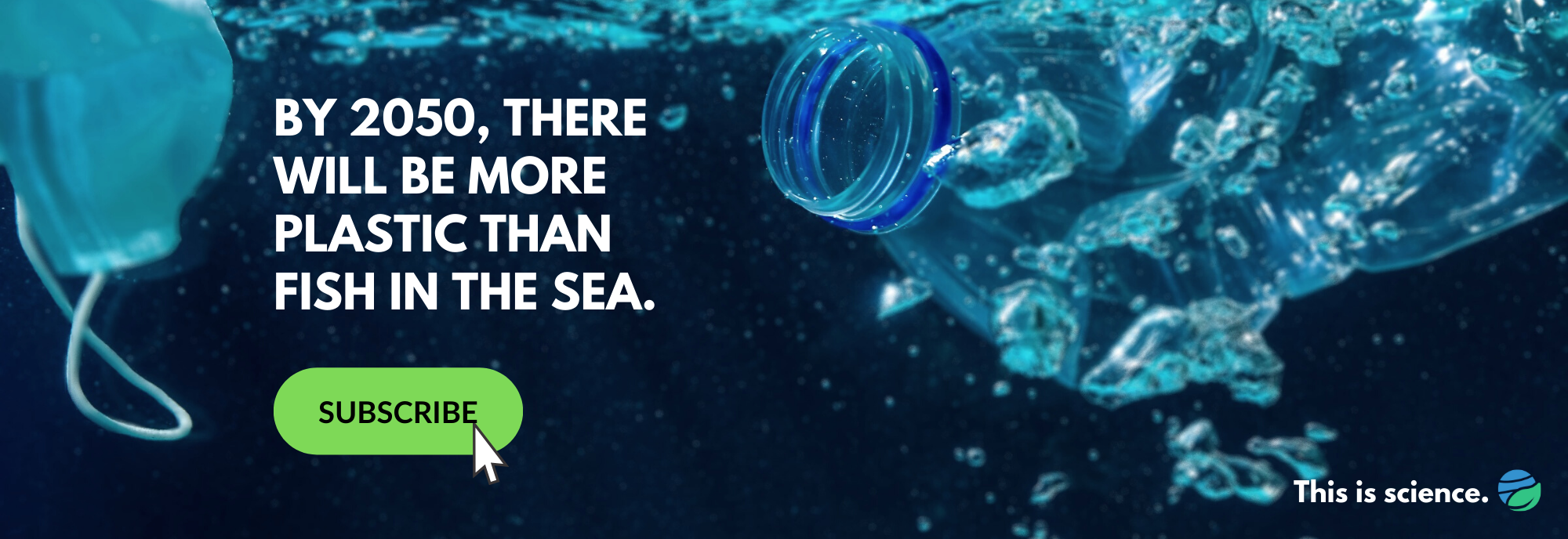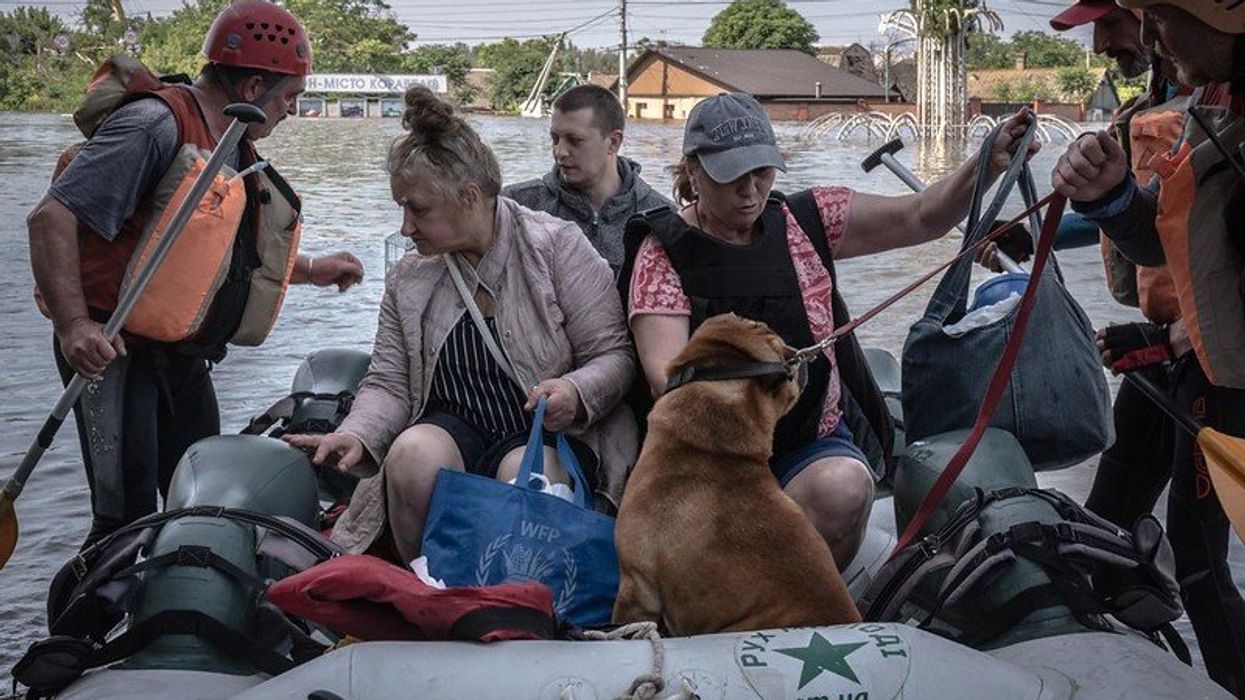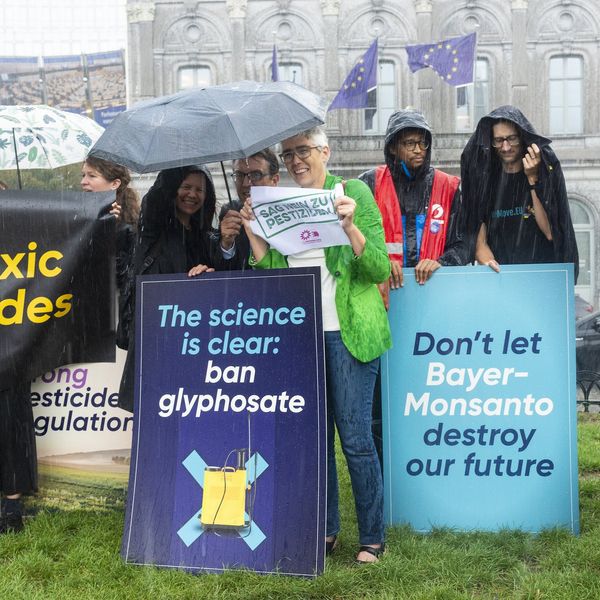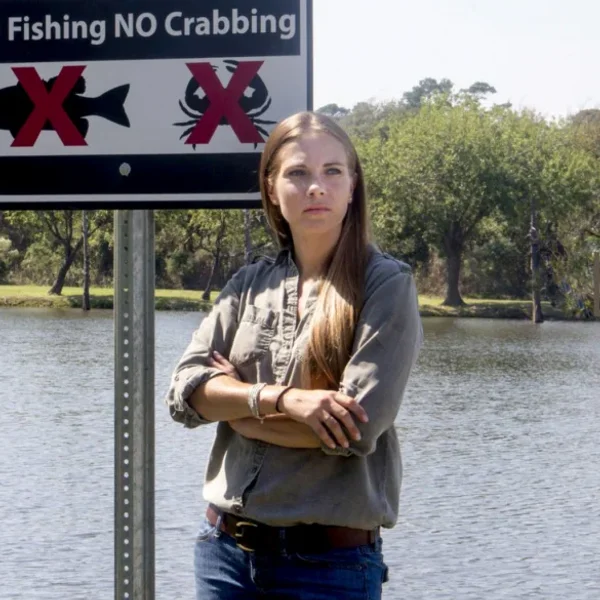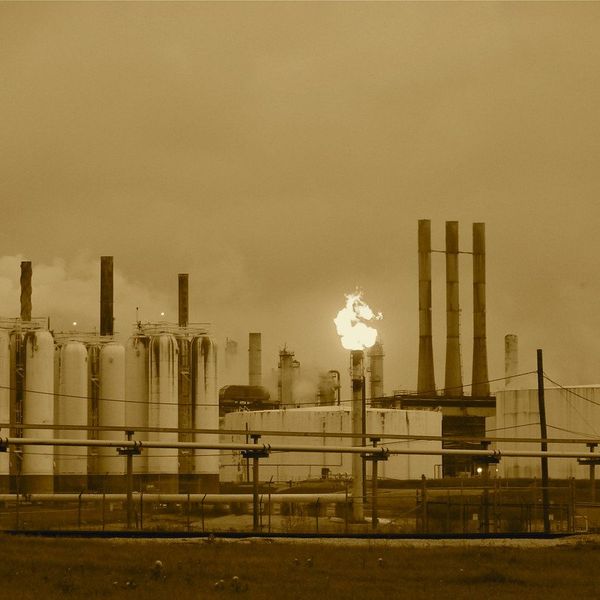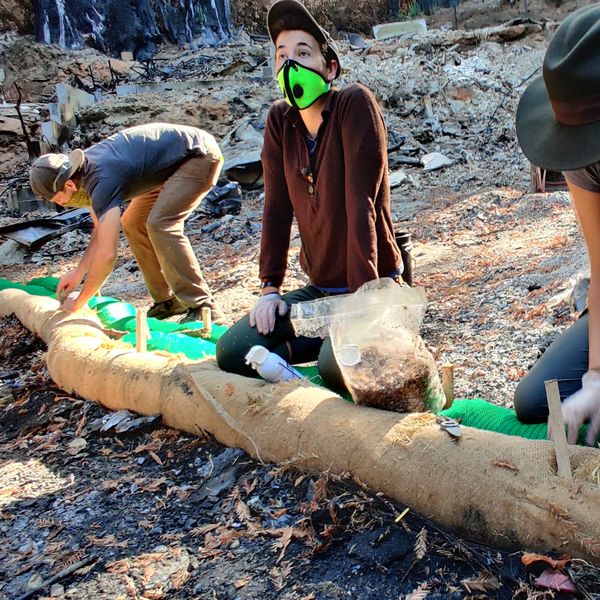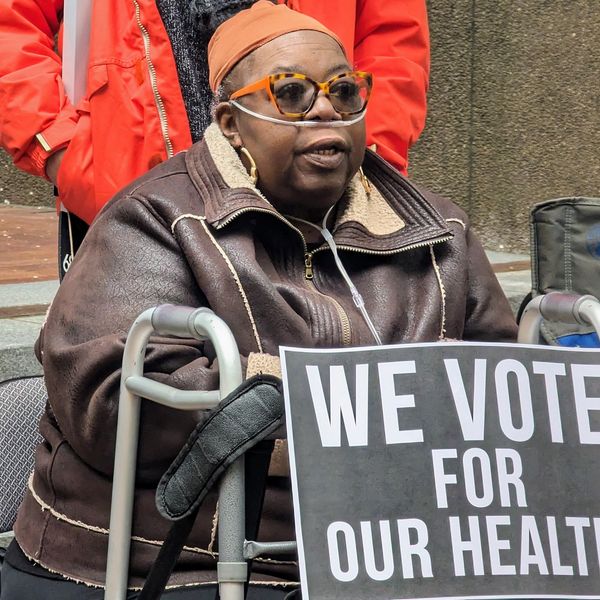After careful evaluation of the latest science, European officials have proposed lowering the safe daily dose of bisphenol-A, or BPA, by a factor of 100,000.
The same agency had already dropped their recommended exposure limit in 2015, down 12-fold from where they set it in 2006. “It's almost like the limbo stick: How low can we go?” Cheryl Rosenfeld, a biologist at the University of Missouri, told EHN.
Whether it’s lead, phthalates, per- and polyfluoroalkyl substances (PFAS), or BPA, nearly every time scientists assess chemicals, they lower the thresholds for safety. Doses that were previously thought innocuous, we find, turn out harmful. Why does that happen? And why does it seem to be happening yet again with BPA?
The answer: science is not static. Scientific advances constantly improve our ability to identify harmful effects, as well as help us to know where to look. “We haven’t just gotten better at measuring the pollutants in our bodies and in the environment, we’ve also gotten so much better at being able to measure their impact on people,” Laura Vandenberg, a professor at University of Massachusetts Amherst School of Public Health & Health Sciences, told EHN.
“Looking at groups of toxic chemicals decade by decade by decade, we recognize that less and less and less of these chemicals are safe for human exposure,” said Vandenberg.
For example, as blood lead levels declined in children over the decades—in response to more and more stringent regulations on the uses of lead—scientists continued to find detrimental impacts at lower and lower levels. They continued to ratchet down the limit of what they deemed safe before ultimately realizing that there was no safe level of lead exposure for children. But it wasn’t that kids in the 1970s were any less vulnerable to lead.
With the latest scientific opinion from the European Food Safety Authority, a similar storyline appears to be playing out for BPA, the plastic additive commonly used in everything from food can linings to cash register receipts. Again, it’s not that kids in the 1990s were any less vulnerable to BPA. “There’s really no safe dose for this chemical,” Pat Hunt, geneticist at Washington State University in Pullman, Wash., told EHN. Her research, and the research of others, consistently links very low doses of BPA to a host of health problems, including cancer, diabetes, reproductive impacts, and behavioral problems.
“But the way our regulatory system works, we are not erring on the side of caution,” said Hunt. “So, the more data we get, the more we have to keep dropping down and dropping down—which can’t inspire confidence on the part of the general public.”
“In the case of BPA, it is clear that the toxicity is a problem"

(Credit: Cheryl Rosenfeld)
EFSA’s recommendation only applies to food and beverage contact materials, which are likely the greatest route of BPA exposure. Once finalized, it will inform decisions taken by European Union risk managers in the European Commission, European Parliament and member states—including the amount of BPA they allow in certain products.
Experts predict that the proposed daily dose all but ensures that BPA would need to be eliminated from these products. They also suggest that it will spur action in the U.S. If the proposed limit is upheld, that new safe level of BPA for Europe would fall to more than a million times lower than what U.S. regulators currently say is safe.
Two factors generally drive drops over time in accepted levels of a chemical in products: changes in the estimated exposure, or dose, and changes in our understanding of the toxicity. It could be that exposures in people have increased to exceed the safe dose, or that more information is available about the toxicity of the chemical, Maricel V. Maffini, a consultant to the Environmental Defense Fund, told EHN.
Related: Europe’s revolutionary BPA proposal puts more scrutiny on US regulatory inaction
“In the case of BPA, it is clear that the toxicity is a problem,” said Maffini, who, along with other health researchers, last month petitioned the FDA to re-examine BPA’s safety in light of the European draft changes.
Many scientific assumptions have changed over time, noted Vandenberg. She highlighted our evolved understanding about exposures in study animals compared to humans—a critical comparison when translating findings from lab research into public health policy. It had been a long-held belief that a large animal—say, a human—can tolerate more exposure than a smaller animal. But, in fact, the smaller you are, oftentimes the faster you metabolize chemicals, Vandenberg explained. “You actually have to give mice a bigger dose in order to see the same level that's circulating in their bodies,” she said. “And EFSA finally appreciated that when they did their analyses of the studies to determine what's a safe dose.”
Our understanding of the myriad ways a chemical can wreak havoc on our biology is also constantly changing. For example, scientists have gained more knowledge over the last two decades in how BPA interferes with the normal function of hormones in the body—even in tiny amounts. Experts suggest a major shift came in the 1990s, with mounting recognition of endocrine disruption and its impacts on our health. BPA is just one of many chemicals with this hormone-mimicking potential. Notably, its chemical cousins—bisphenol-S, or BPS, and bisphenol-F, or BPF—can do the same.
Regulating chemicals as classes, not individually
The European proposal would only affect BPA and not these related chemicals, which are also already widely used in commerce. Thomas Zoeller, an emeritus professor of biology at the University of Massachusetts Amherst, points out that industry had voluntarily eliminated BPA from sippy cups and baby bottles before the U.S. FDA banned such uses in 2012. “Industry saw this coming,” Zoeller told EHN. “They were already replacing BPA with BPS and BPF.”
He fears the same scenario may be happening with EFSA’s decision. “Products are being protected, not people,” said Zoeller. Does that mean we have to go through the same long-term ratchetting down of what is considered a “safe level” for each replacement?
The regrettable substitution problem has triggered a growing push for the regulation of chemicals as classes, rather than individually. Vandenberg is among the champions of this movement. “Here we have a decision on BPA, but nothing on BPS. And that's unacceptable,” said Vandenberg.
The same goes for several other toxic chemicals that are following this same pattern of dropping limits and regrettable substitutions. “Do we really need to study all 1,000 or 5,000 PFAS chemicals?” said Vandenberg. “We’re creating problems, they’re going to have to be cleaned up at some point. And the longer we wait, the bigger the problem gets.”
Of course, conducting a risk assessment based on a group of chemicals naturally increases the chance that an exposure limit for any individual chemical would need to be lowered. The challenges mount. But there is a way off this toxic treadmill: ideally, starting “at the beginning before a chemical goes into commerce and determine whether it has any adverse effects,” said Hunt. “Let’s decide if we should even let this stuff loose.”
Green chemistry
More than a thousand new chemicals are introduced onto the market each year. Most come into our homes having never been tested for potential harm. “That has to change,” said Zoeller. “Before a chemical gets into the public domain, there should be an earnest attempt to ensure its safety. If those chemicals had been tested for their ability to interfere with hormone action, then we could have engineered those chemicals to be without those properties.”
The process Zoeller referred to often goes by the term green chemistry. Vandenberg suggested it is a “good place to start.”
“We can’t let the perfect be the enemy of the good,” she said. “So, finding less hazardous chemicals is the place to start instead of insisting that everything has no hazard. But we always need to be moving toward innovative chemicals that have the features that we want them to have without the adverse health effects.”
Related: Get BPA out of food packaging, US health professionals tell feds
Another part of the solution: maybe we don’t need chemicals for everything. “I do think we need to have a little bit of a societal reckoning: are we creating chemicals to solve problems that are not really problems? Do I need to be able to eat a pastrami sandwich with mustard on my sofa?” said Vandenberg, referring to a commercial for furniture that could be hosed down thanks to its chemical treatment. “That is a solution to a problem that did not exist.”
Zoeller shared one promising effort in his home city of Indianapolis, where local elementary schools have long been serving student lunches in plastic dishes. “Some of the plastics are reusable, so they put them in industrial dishwashers. You couldn’t create a worse situation,” said Zoeller.
A local pediatrician, Manasa Mantravadi, had the idea to replace those potential hormone-disrupting dishes with stainless steel versions. The new dishes were designed to be the same size and shape as the plastic dishes used by the schools—and can fit in the same dishwashers. “So, there are ways of doing this,” said Zoeller. “We just need to be smart about it.”
Other experts anticipate that the EFSA move will promote yet more positive change: “We need a revolution in food packaging, and I think this is going to push it,” said Hunt.
EFSA is accepting public comments on the draft proposal until February 22.
Banner photo: From left—Dr. Carlos Sonnenschein, Dr. Ana Soto, and Dr. Silva Krause looking at mammary glands of a BPA experiment. (Credit: Ana Soto, Tufts University)
- Federal tests 'dramatically' undercount BPA and other chemical ... ›
- Exposed: Federal gov'ts 'willful blindness' on BPA exposure - EHN ›
- BPA use in doubt as Europe seeks protective health limits - EHN ›
- More bad news for BPA: Novel analysis adds to evidence of ... ›
- Prenatal exposure to toxics risks delay of child’s brain development - EHN ›
- What it will take for the EU to be a model for safe chemicals - EHN ›
- Building a safe and sustainable chemical enterprise - EHN ›
- Europe seeks drastic cut to BPA exposure - EHN ›



